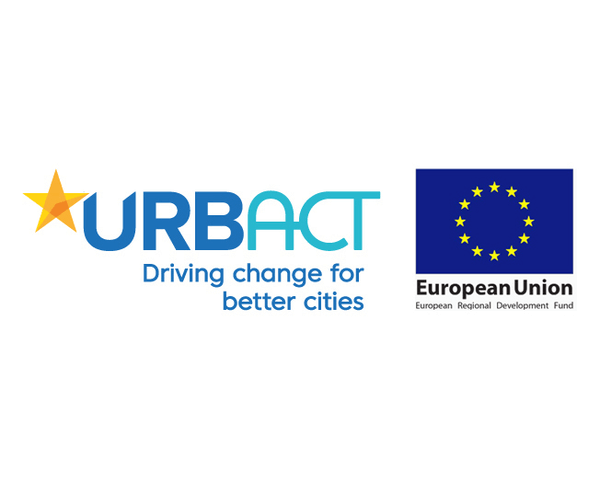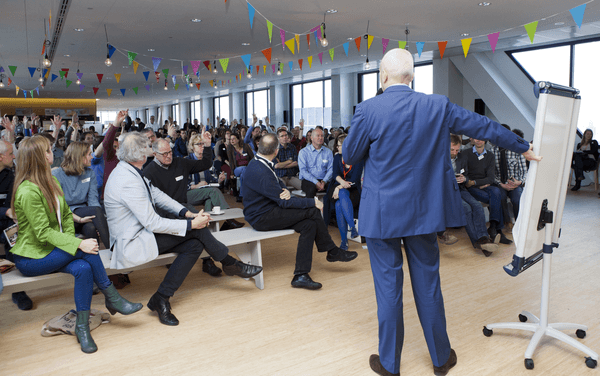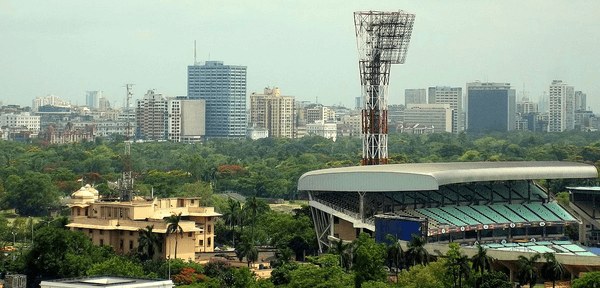City
Grand Paris
Main actors
Regional Government, Private Sector, Community / Citizen Group, Public Utility
Project area
Metropolitan Area
Duration
Ongoing since 2016
"Let's reinvent the Grand Paris Metropolis" project brings together government, community and business to re-imagine the metropolitan area.
In 2016, the Grand Paris Metropolis, in partnership with the government and the public agency responsible for building the new automatic Metro, launched the “Let's reinvent the Grand Paris Metropolis” challenge open to all citizens in the associated municipalities and private sector companies (architects, designers, promoters, investors).
The challenge comprises two phases; Firstly, the municipal mayors identify public land and sites in need of transformation. Following visits to these sites and consultations with citizens, private sector companies submitted innovative projects for the sites’ economic, social and environmental transformation. In March 2017, 164 projects were selected out of the 420 submitted, focusing on 57 sites, 27 of which are around future Metro stations. These projects include more than 326 innovative start-ups, associations and SMEs. In total, 6.4 billion euros will be injected by the private sector companies acquiring the sites in the coming years.
URBACT Good Practice Label
This project was awarded the 'URBACT Good Practice Label' in 2017.
On Map
The Map will be displayed after accepting cookie policy




